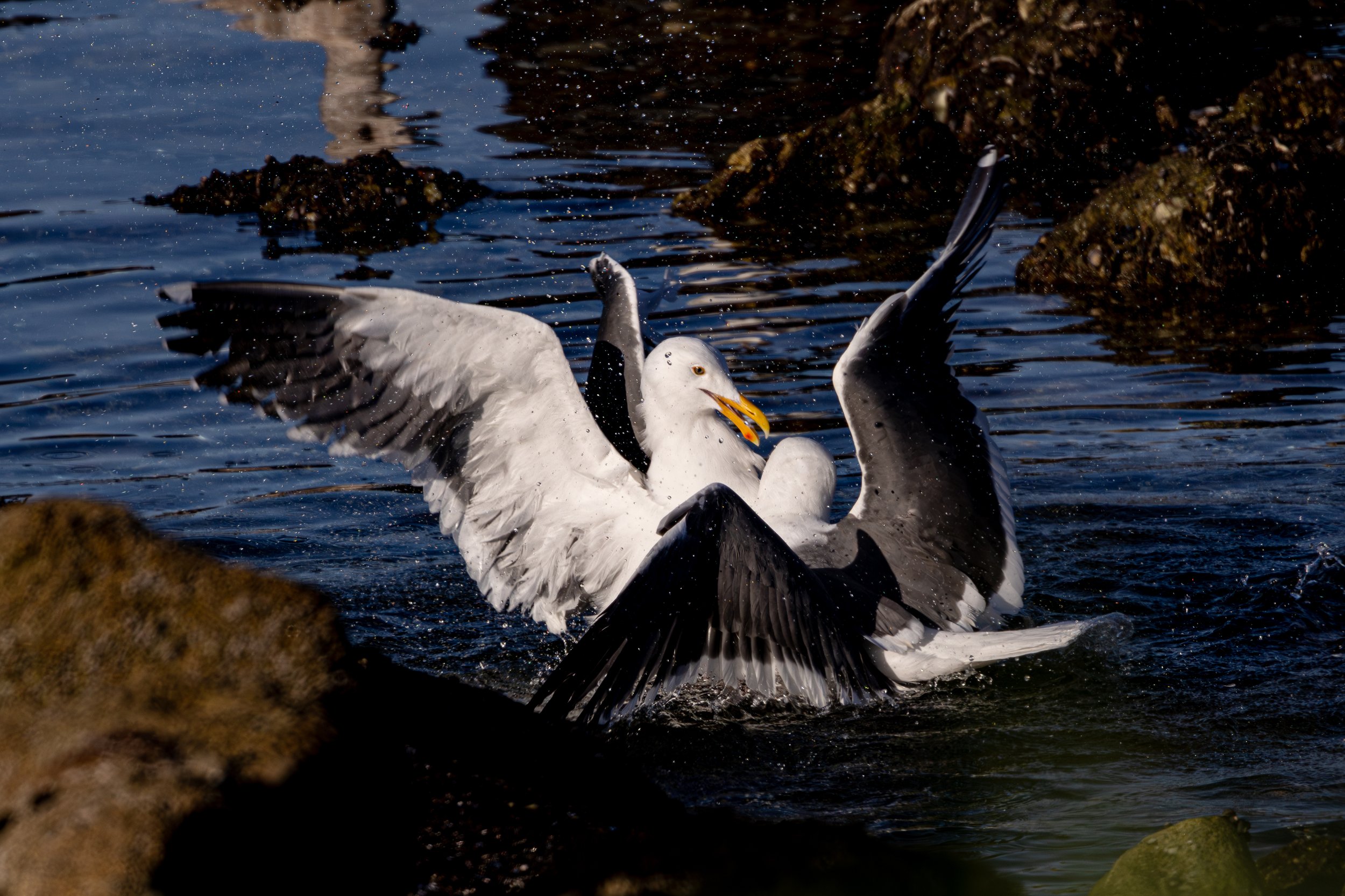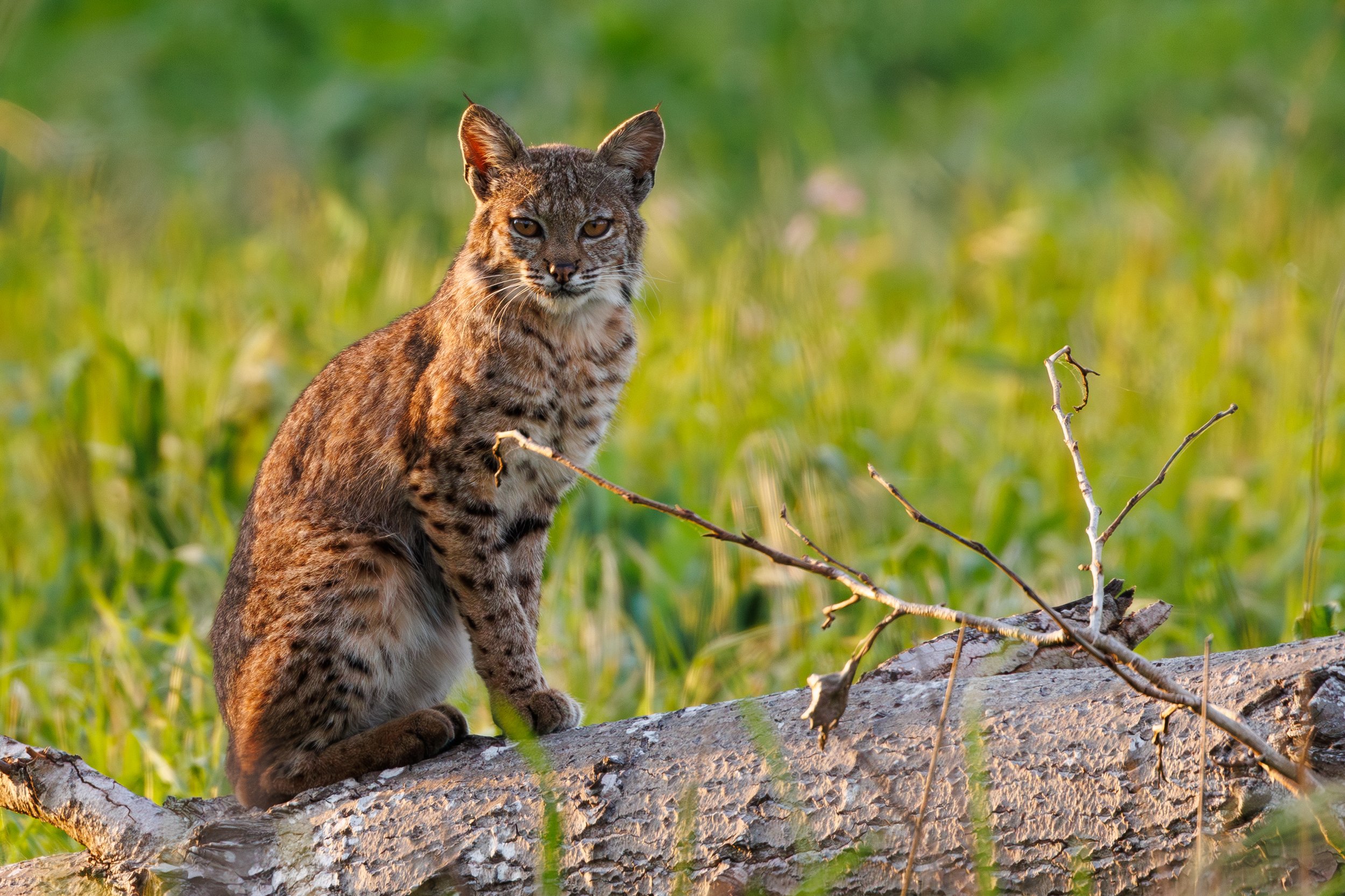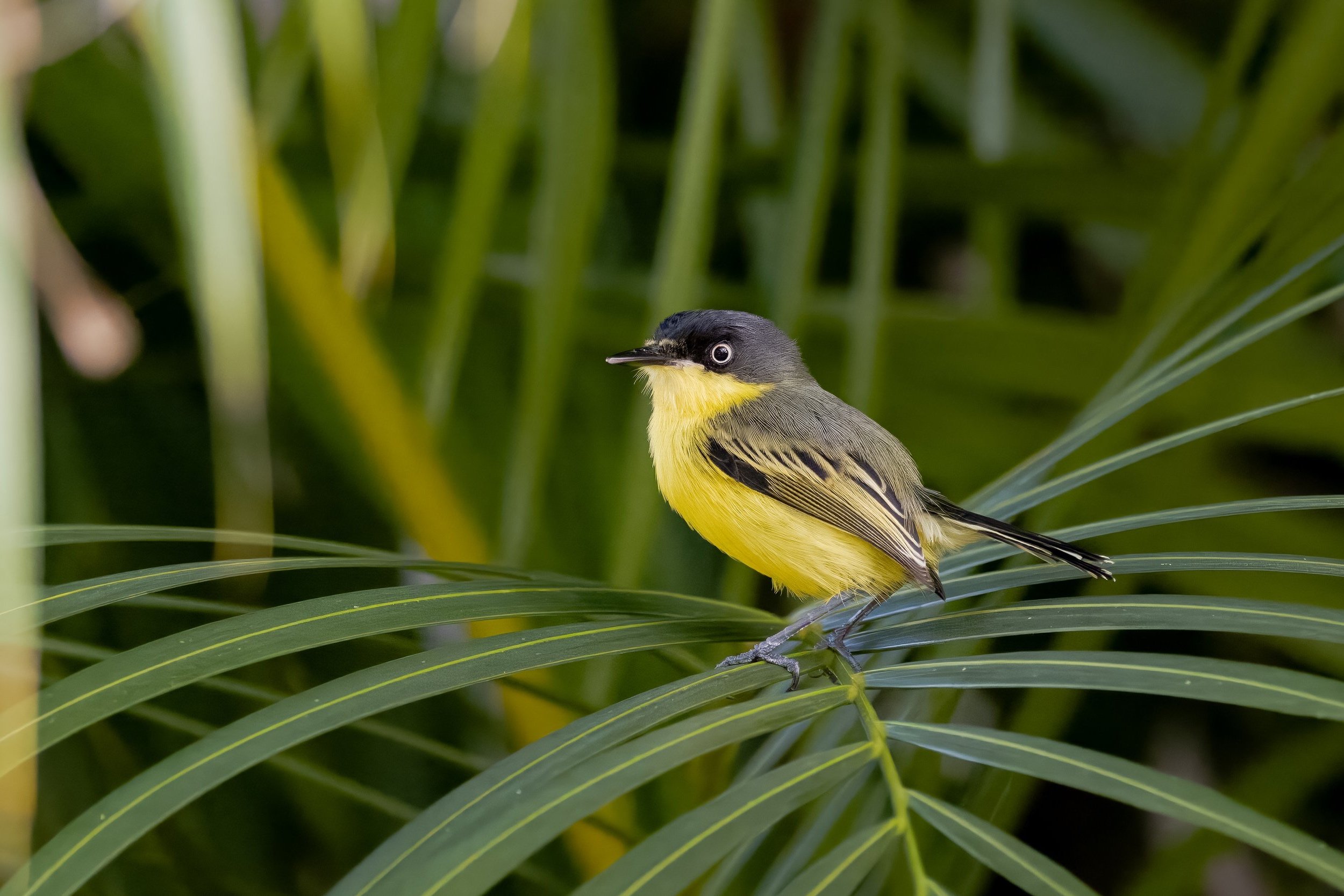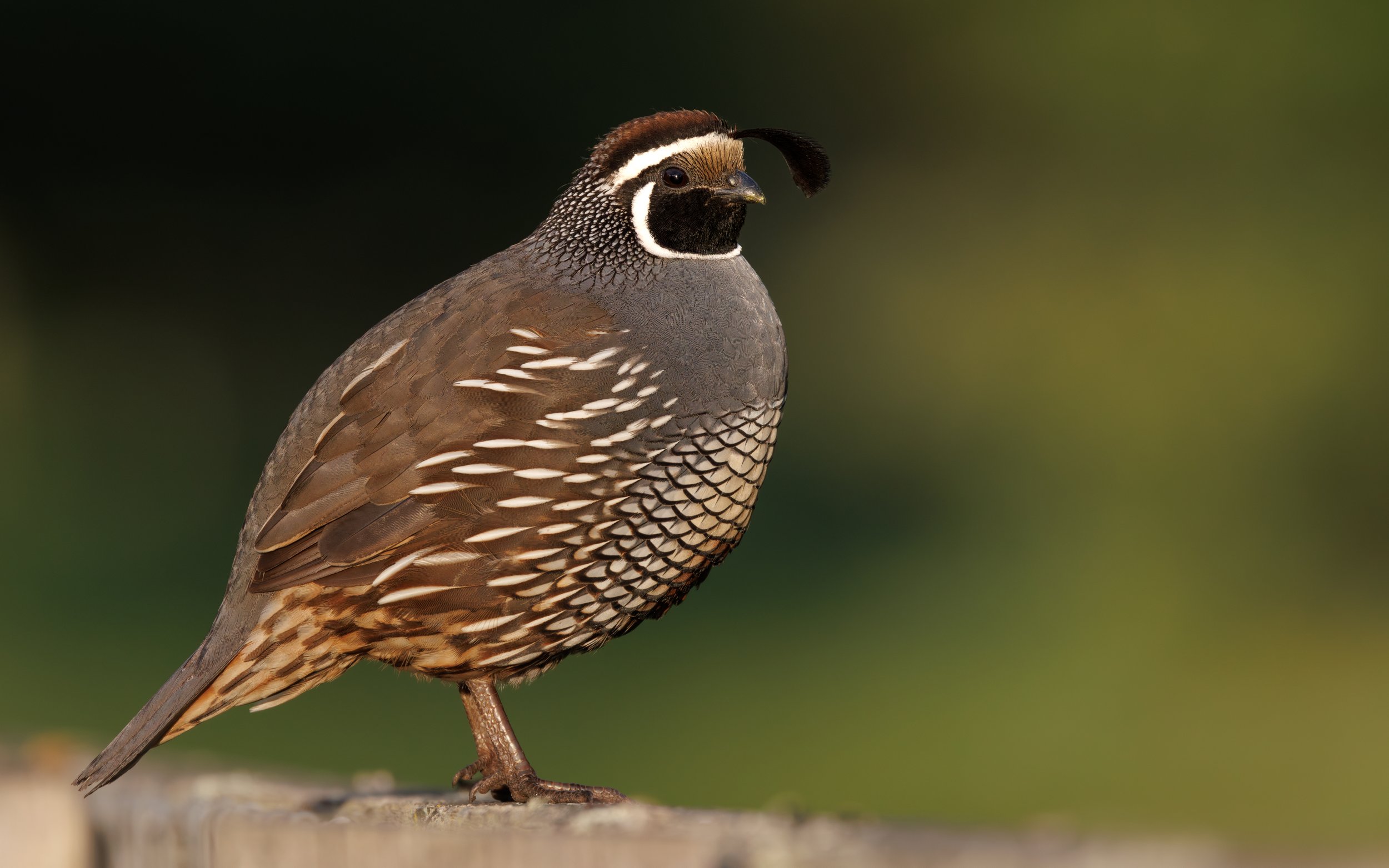
My dissertation
I’m interested in cross-scale comparisons of the patterns and mechanisms of biodiversity loss. Bird species are often my focus, since they reliably have great data, allowing me to leverage my quantitative skillset to answer key questions, like: How can we use long-term, crowdsourced data to characterize the temporal dynamics of species and communities? Within a bird species, what is the main driver of its decline, and how rapidly does that driver act? How can we embrace complexity to uncover emergent patterns of biodiversity loss, and are those patterns generalizable and actionable?
I’ve started to answer these questions across the following chapters of my Ph.D. dissertation:
Inferring long-term biodiversity dynamics from crowdsourced data (paper in prep.)
Quantifying population-level impacts of an emerging pathogen on an introduced avian host species (paper in prep.)
Decoupled extreme weather drives avian losses: combining theory with long-term data (on the horizon)
Anthropogenic perturbations generate apparent negative frequency dependent selection across North American bird communities (paper in prep.)

My motivating questions
What patterns emerge during biodiversity loss, and how can we use them to understand the causes and consequences of loss?
How can we develop and refine theoretical frameworks to match the increasingly vast scale of the data we collect?

Publications
Reinoso-Pérez, M. T., Dhondt, K. V., Levitskiy, A. A., Dupont, G., Tulman, E. R., Geary, S. J., & Dhondt, A. A. (2023). Are Purple Finches (Haemorhous purpureus) the Next Host for a Mycoplasmal Conjunctivitis Epidemic?. Avian Diseases, 67(1), 42-48.
Dupont, G., Linden, D. W., & Sutherland, C. (2022). Improved inferences about landscape connectivity from spatial capture–recapture by integration of a movement model. Ecology, 103(10), e3544.
Sayers, C. J., Roeder, M. R., Forrette, L. M., Roche, D., Dupont, G. L., Apgar, S. E., ... & Bonter, D. N. (2021). Geographic variation of mercury in breeding tidal marsh sparrows of the northeastern United States. Ecotoxicology, 30(9), 1929-1940.
Dupont, G., Royle, J. A., Nawaz, M. A., & Sutherland, C. (2021). Optimal sampling design for spatial capture–recapture. Ecology, 102(3), e03262.

Scientists are perennially aware that it is best not to trust theory until it is confirmed by evidence. It is equally true ... that it is best not to put too much faith in facts until they have been confirmed by theory.
– Robert MacArthur (fun fact: we share a birthday!)




